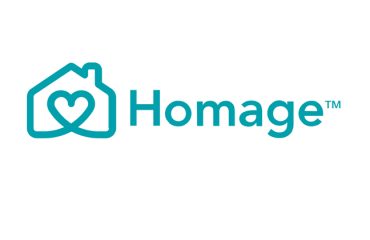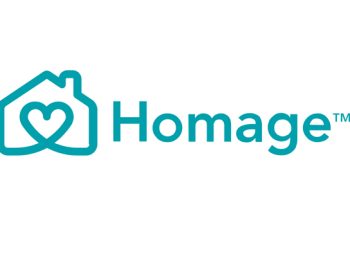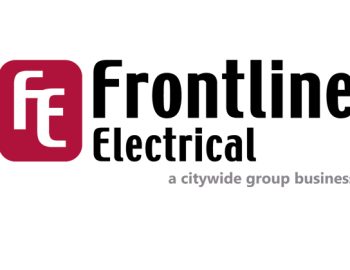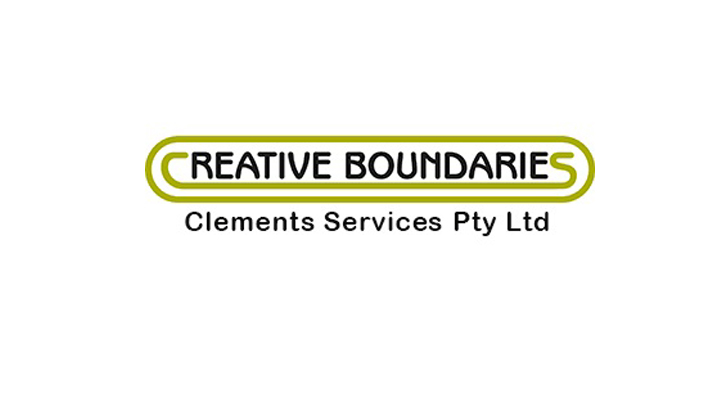
Description
Most Australians would already be familiar with the benefits solar power provides; such as cutting energy bills and lowering a household’s carbon footprint – but along with battery storage, solar will also play an important part in home automation and the IoT.
What Is A Smart Home?
Smart homes feature internal systems that enable the control of appliances automatically and remotely via the internet using a device such as a phone.
A smart home is about connectivity. It’s a leap similar to the one we made going from “dumb” phones to smartphones that connected to the internet and enabled us to engage in all sorts of activities. Activities such as reading email, watching movies, streaming music and doing our banking.
A truly smart home is not only able to connect, but also “think” on its own. As information from multiple sources is combined and analysed, an intelligent home can start making smarter decisions. It can anticipate scenarios to a high degree of accuracy – but with you still having as much or as little control as you choose.
Leveraging the power of connectivity, a smart home’s potential in enhancing our lives and taking more control over our homes, including in the area of energy efficiency, is truly staggering.
What Is The Internet of Things (IoT)?
The Internet of Things, also referred to as IoT, is a loose term referring to the concept of devices connected to and operated via the internet; with home automation and “smart” solar + battery systems examples of elements of that ecosystem.
The concept of an “Internet of Things” has been around for quite a long time. The term dates back to the late 1990’s when it was applied initially to a proposal to track inventory levels in stores by adding an internet-connected sensor to products; with the goal of ensuring shelves were always stocked.
IoT technology continued evolving from that point, and has been accelerating at a very rapid pace.
There are already 15 billion connected devices worldwide. It’s estimated this number will grow to anywhere between 50 billion and 200 billion by 2020. The vast majority of those devices won’t be just computers or phones. They will be other types of appliances and equipment within smart homes and commercial premises.
IoT is already a part of our lives – it’s just that many of us don’t realise it yet!












